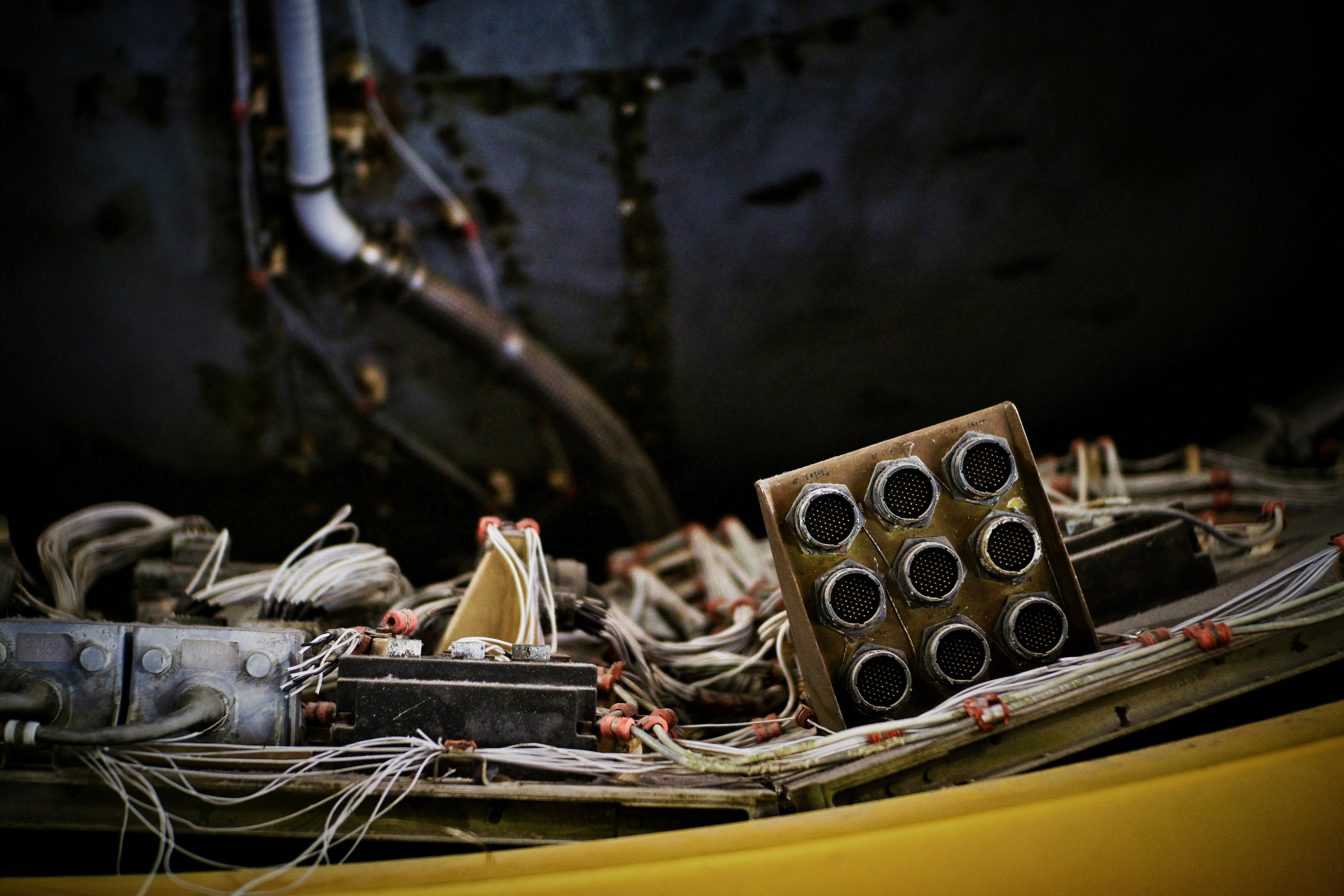Media release
From:
Artificial intelligence: Generative AI may create nearly 1,000 times more e-waste by 2030
The increasing popularity of generative AI is projected to result in the rapid growth of electronic waste (e-waste), according to a modeling study published in Nature Computational Science. If no waste reduction measures are implemented, the authors suggest that e-waste could reach a total accumulation of 1.2–5.0 million metric tons between 2020–2030.
While generative AI is useful for many research applications and some everyday tasks, such as text or image generation, it is also dependent on rapid improvements in hardware infrastructure and chip technology. The recent increase in generative AI implementation has contributed to an increase in e-waste — the waste stream of obsolete electronic equipment — which can be harmful for the environment.
Peng Wang and colleagues computed a forecast of the potential amounts of e-waste produced by generative AI, focusing on large language models, between 2020 and 2030. These predictions considered four scenarios with varying degrees of generative AI production and application, ranging from an aggressive scenario (with widespread applications) to a conservative scenario (with more specific applications). The researchers projected that the e-waste stream could reach as much as 2.5 million tons per year in 2030, assuming no waste reduction methods are considered. They also found that the total amount of e-waste created by generative AI between 2023 and 2030 could be as much as 5.0 million tons, under the scenario with the most AI growth. Wang and colleagues also projected that, under this scenario, the e-waste generated could include 1.5 million tons of printed circuit boards and 0.5 million tons of batteries, which can contain hazardous materials such as lead and chromium. The authors suggest that the implementation of a circular economy strategy (where the lifespan of existing infrastructure is expanded and/or key modules and materials are reused in the remanufacturing process), could reduce e-waste generation by as much as 86%.
The findings highlight the need for responsible generative AI usage and proactive e-waste management strategies to reduce the harmful impacts of pollution.



 International
International



